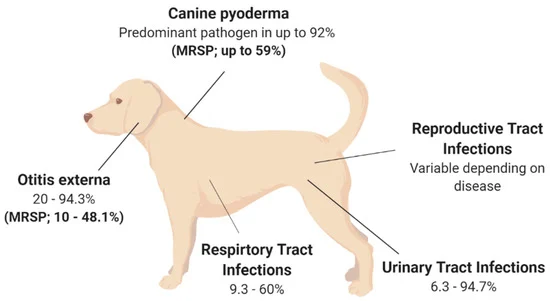Pyometra This condition is due to an accumulation of pus in the uterus and can occur after chronic endometritis or may result from the death of an embryo or fetus with subsequent infection by Corynobacterium pyogenes bacteria. The situation may persist undetected for some time and may be confused for pregnancy. Pyometra is a serious and potentially life-threatening infection of the uterus that causes it to fill with bacteria and pus. Many dogs with a pyometra have vaginal discharge and may feel very sick with a poor appetite, lethargy, vomiting and sometimes increased thirst or…
Category: Pets
Pets: Cats | Definition, Types, History, & Facts
Biology and Behaviour The cat, commonly referred to as the domestic cat or house cat, is the only domesticated species in the family Felidae. Biological classification of domestic cat Term for young: kitten Lifespan: 12 – 18 years (Domesticated) Scientific name: Felis catus Daily sleep: 12 – 16 hours Gestation period: 65 days Collective noun: clowder, cluster, clutter, glaring, Cats may resemble one another but every cat has its very own character and behavior. This pronounced individuality is probably their most important characteristic – one that makes cats so popular among human beings. Nevertheless, given their origin and biology,…
Pets: Dog | History, Domestication, Physical Traits& Breeds
Introduction Dog, (Canis lupus familiaris), domestic mammal of the family Canidae (order Carnivora). The dog is a domesticated descendant of the wolf. Also called the domestic dog, it is derived from extinct Pleistocene wolves, and the modern wolf is the dog’s nearest living relative. The dog was the first species to be domesticated by humans. Lifespan: 10 – 13 years Domain: Eukaryota Family: Canidae Kingdom: Animalia Order: Carnivora Phylum: Chordata Dogs have been loyal companions to men for millenniums. Thanks to their extraordinary capabilities, dogs are highly appreciated and tremendously popular as helpers and as buddies. Hardly any other domestic animal…
Mange in Dogs,Meaning, Treatment and Prevention
Mange is a skin disease that affects mammals caused by microscopic mites that burrow into skin Mange, skin disease of animals caused by mite infestations, characterized by inflammation, itching, thickening of the skin, and hair loss. The most severe form of mange is caused by varieties of the mite Sarcoptes scabiei, which also causes human scabies. Some form of mange is known in all domestic animals, although many varieties of mange mites infest only one species. They are transmitted between animals by direct contact and by objects that have been in contact with infested animals. Most forms of mange are treatable…





